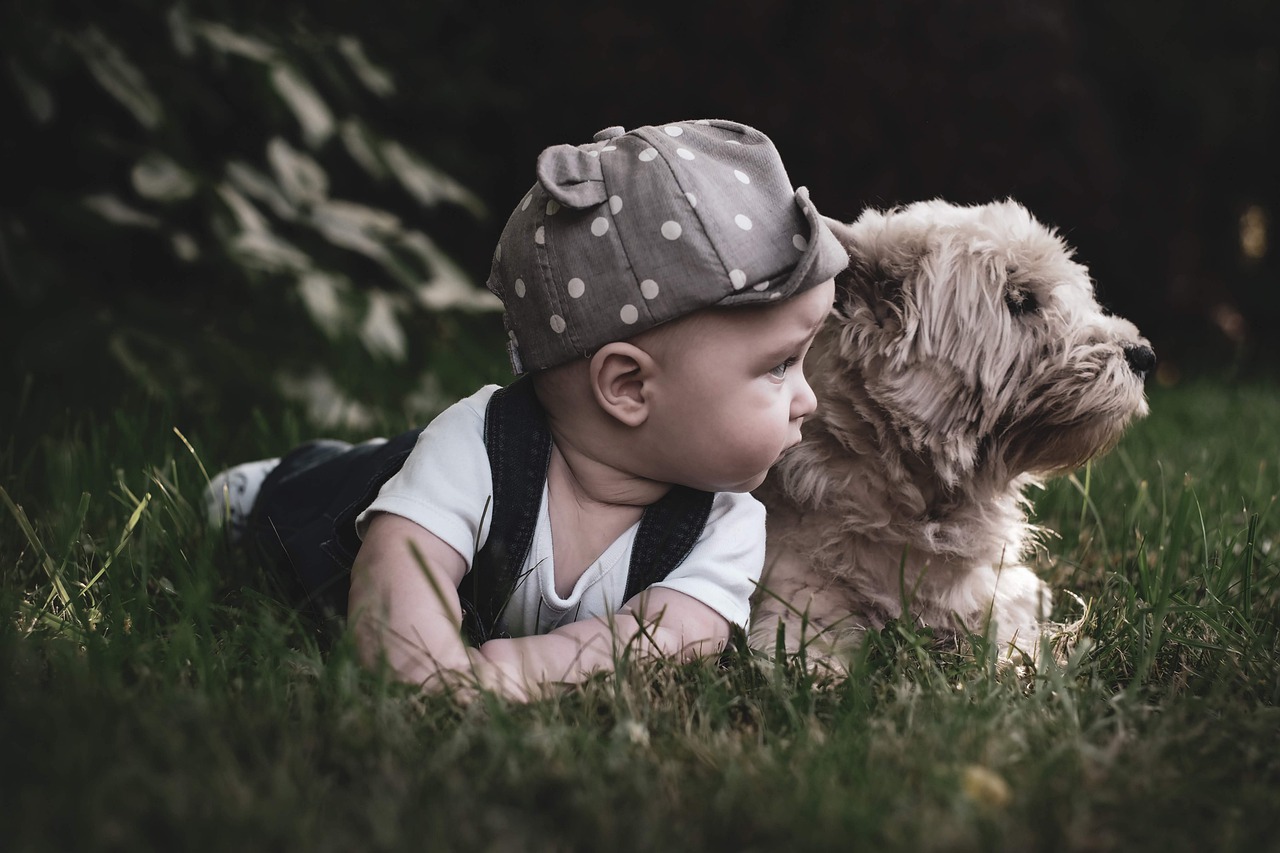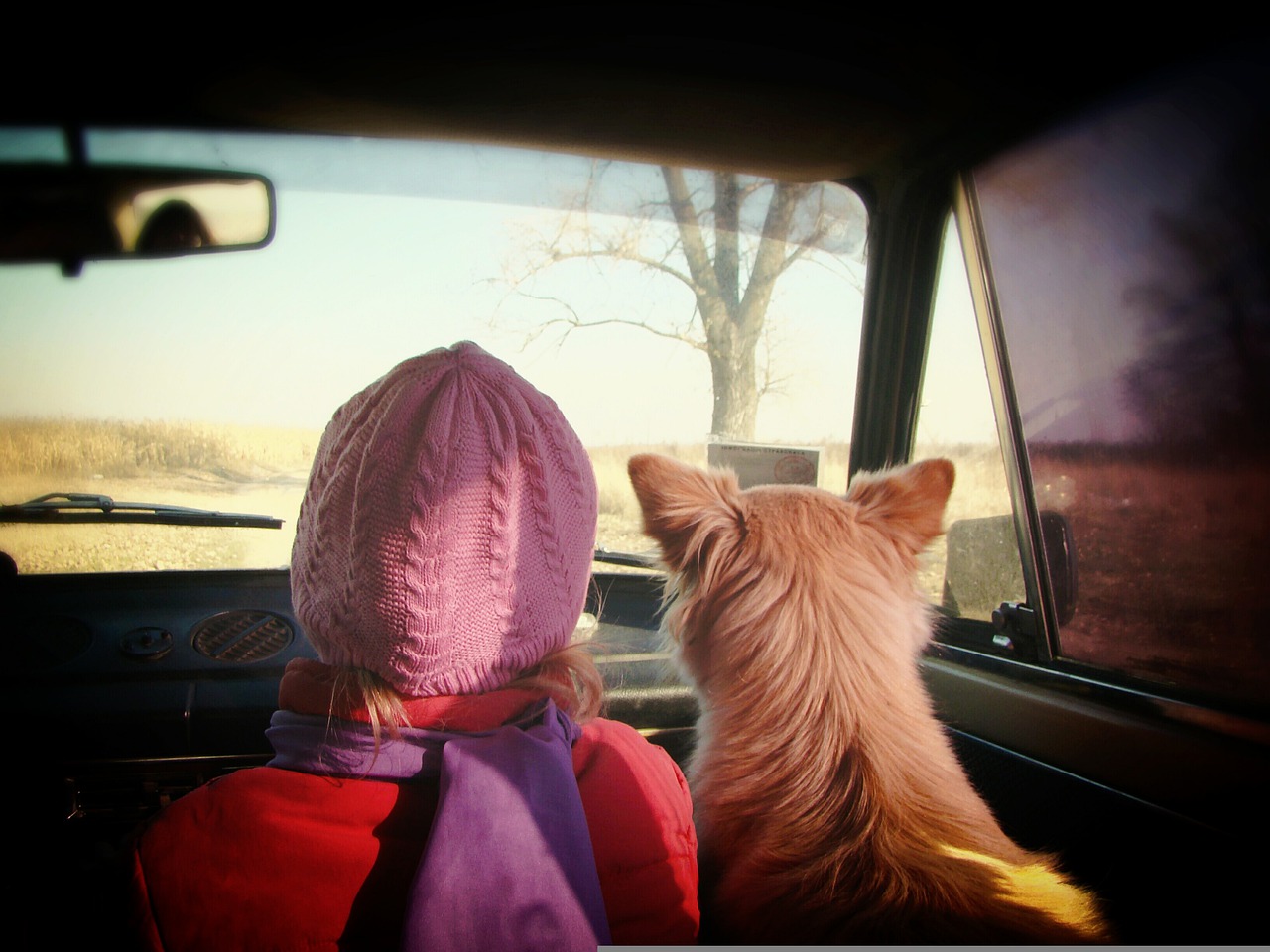
How to let your pet know that your new baby is not an intruder but a friend
It’s amazing what can happen when an infant meets an animal. Stephanie LaFarge PhD, director of counseling at the American Society for the Prevention of Cruelty to Animals, said that my Jack Russell terrier was great with my granddaughter until I took her home.
She says that the dog’s prey instincts were triggered by seeing the child fly through the air. “And here he is, flying through the room trying desperately to grab her diaper in both his teeth.”
Everyone is excited for a grandchild’s first visit. Everybody, except Fido, looks forward to a grandchild’s first visit. LeFarge says, “You love your grandchild and you love all your pets.”
“The trick is to get these animals to love one another.” Children and pets can be unpredictable. It’s important to plan for your first introductions with care.
Find out what makes your pet tick

Harrison Forbes, host of Pet Talk radio and How To Prevent a Doggy BiteDVD says “Take an honest assessment about your pet’s personality.” “Some dogs just don’t like kids. You should not allow your dog to lunge and snap at you in the park.
Consider the age of your pet, along with their temperament. Young kittens and puppies are more likely to bounce off of walls than older ones. They are energetic and playful, with sharp teeth. Adult pets should be socialized and able to stop biting. But that is not always true. Older pets may become grumpy due to arthritis or be partially blind or deaf, making it difficult for them to understand human signals.
Talk to your grandchildren’s grandparents about what they expect from the first meeting. You might think they will ask you to kennel your dog or cat during the visit. However, you had planned to let him sleep in the pack ‘n play. You should negotiate a comfortable amount of contact between children and pets so everyone feels at ease. Pets will feel nervous energy if they aren’t comfortable with their owners. Forbes says that it can make pets suspicious or defensive.
You can set up a pet camp in a remote location. It will include all of your pet’s favourite things, food, water, and a place to sleep where he won’t have to bother you. Forbes says that dogs and cats love quiet places just as much as people. Clear the floor of any objects that could encourage possessiveness, especially if the child is crawling and walking. “Dog toys are just like child toys. LaFarge says there is no difference except for the fact that one has a squeaker. “A dog might feel threatened by the crawling creature’s desire to grab its chew toy.”
After the house has been set up, your granddaughter can begin to smell the scent. To make sure your cat or dog is aware of the new arrival, bring a blanket or onesie.
Let your pet make the first move
Start on neutral ground. Outside is the best place to start, but keep your dog leashed. Forbes says that dogs feel more comfortable outside, which eliminates the possibility for territorial behavior. If you have to meet indoors, ensure your pet isn’t in a corner.
Even if your pet is small, don’t allow it to be held in your arms or on the lap. This could trigger your pet’s defense mechanisms. Instead, give your child dog treats or peanut butter to smother his hands. Then let him sniff the treats.
LaFarge says, “This will give to the dog the impression that when this smelly child is around, I get lots and lots of good stuff.” The child will also enjoy the dog’s enthusiasm. “He’ll say, ‘hey, the dog likes you!’ says Forbes. Forbes says, “That’s where you should start.”
Virginia Stuart, a grandmother to two boys from Dallas, Texas, says that her 2-year-old grandson was afraid of standard poodles so she let him watch as I fed them. He reached out to touch them, she said. He was able to show his courage and was now ready to give them food. She says, “He thought it was so cool for them to take that chunk of food out of his hands.”
Keep an eye on them

Pay attention to how your grandchild reacts to your dog. Territorialism and defensiveness are the most common causes of undesirable behavior. Forbes says that if a dog is upset when a child is sitting on your lap, it is not always jealousy. “The dog is asking, “Why is that person sitting on your lap?” It is time to do something about it.
Also, be on the lookout for teasing. LaFarge says, “An inquisitive and lovable grandchild can experiment with things which are hurtful.” What if I pull his hair or poke his eyes? She assures that it is not a sign that the child will become a sociopath, but that it should be corrected immediately and said, “No, that hurts him.”
Your grandchildren shouldn’t be exposed to the fact that they are able to be rough with animals. LaFarge says that while your dog may be friendly, another dog might not. The Centers for Disease Control and Prevention estimates that each year, 400,000 American children seek medical attention for dog bites. Children aged 5-9 years old are at highest risk of suffering from dog bites.
Introduce Cats, Birds and Monkeys
Your grandchild will be met by your cat in a different way. You can’t force a cat to like children if he doesn’t want them. Keep them apart until they have mastered the art of controlling their behavior and are able to approach each other with care. LaFarge says that the child must be taught to read and understand cat body language. Be cautious even when cats want to play roughhouse with your children. Forbes says that cats have a high level of play and can easily get scratched up by children.
When your grandchildren are playing around the house, it’s a good idea to keep small animals and birds in their cages. You can let your grandchildren interact with all your pets when you are home. Let the Kodak moments and joy begin.
Virginia, the Dallas grandmother, says that her family raised a howler monkey who liked to eat hard candy. “When he discovered that the baby of his house didn’t had teeth, he would eat a small amount and then try to share it with others. It was unbelievable to me until my husband took a photo.